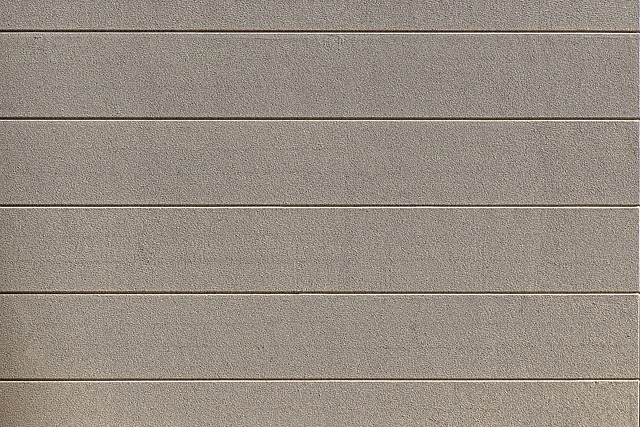Concrete is one of the most popular and versatile building materials used in construction, and it can be found as the foundation of many structures. But when it comes to creating an aesthetically pleasing surface, two types of concrete are commonly used: regular concrete and stamped concrete. While both are made with the same ingredients, there are key differences between the two that make one better suited for certain applications than the other.
Regular concrete is the most basic form of concrete and consists of a mixture of cement, sand, water, and aggregate. It is typically used as a foundation material or in areas that are not visible, such as subfloors or in structural supports. Regular concrete is relatively easy to work with and can be poured into a variety of shapes and sizes.
Stamped concrete is a type of concrete that has been mixed with a special adhesive that allows it to be formed into different shapes and designs. This is done by pressing or stamping the concrete into a pattern or texture with a special tool. In addition to being able to form the concrete into different shapes and designs, stamped concrete also offers a variety of colors and finishes that make it a popular choice for outdoor surfaces such as patios and walkways.
One of the primary differences between stamped concrete and regular concrete is its appearance. Regular concrete usually has a smooth, uniform look, whereas stamped concrete can be made to look like brick, stone, or even tile. This makes it a great option for homeowners who want to add some visual interest to their outdoor space without the expense of installing actual brick or stone. Stamped concrete is also more resistant to cracking and chipping, which makes it a great choice for areas that may experience a lot of foot traffic.
The cost of stamped concrete is usually higher than that of regular concrete due to the extra labor involved in creating the patterns and designs. However, stamped concrete can be a more cost-effective option in the long run since it is more durable and requires less maintenance than regular concrete.
When deciding between stamped concrete and regular concrete, it is important to consider the application. If the surface is used primarily for visual appeal, then stamped concrete may be the better choice. On the other hand, if the surface will be used for structural support or if it will be exposed to a lot of impact or moisture, then regular concrete may be the better choice.




